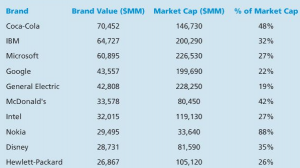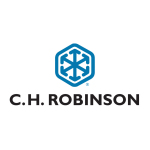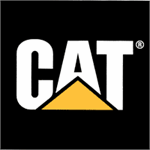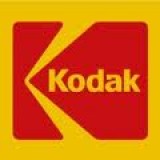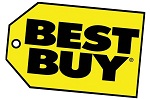Branding tutorial
It is said that the brand resides in the mind of the customer rather than in the product itself, nevertheless the value of a brand is not to be underestimated by any means.
The example of the Coca Cola brand VS Pepsi serves as a useful reminder:
In the first instance, Non branded cups were used to conduct a taste test – and the overwhelming majority of candidates preferred the taste of Pepsi over Coca Cola.
The same test was again carried out on a sample size of 200 people, however in branded containers.
In the second instance, most of the participants preferred Coca Cola. Why the result?
The answer is BRANDING.
The brand equity of the coca cola company is so strong – yet the experiment proved that the benefits reside not in the product, but in the minds of the consumer.
A brand makes promises to it’s customers and then keeps those promises. As a result, some of the additional benefits offered by a brand, is risk reduction, safety, perception of quality and trust.
As it is stated that “An identifiable product or service augmented in such a way that the buyer or user perceives relevant unique added values” it means that brands can charge a premium for it’s products. Regarding the Coke brand, Philip Kotler went so far as to state that “..no CRM is required for the coca cola company..” not only due to it’s brand strength but also due to the simplicity of it’s product. According to the American Marketing Association (AMA), a brand is a “name, term, sign, symbol, or design, or a combination of them, intended to identify the goods and services of one seller or group of sellers and to differentiate them from those of competition.” Many would argue that a brand goes on to extend the core benefit of the product by additional perceptions.
Brands are leveraged in the corporate world when often, finance is raised against the equity of the brand. Below is a table of leading international brands and their perceived value in monetary terms:
Brands appealing to various elements within the hierarchy of needs: The unique positioning of many brands can evoke specific responses from customers. The innocent brand, which produces smoothies, juices and meals is an activist brand, which charges a premium for it’s product over that of other competitors, simply by claiming it’s food is more “pure” – not containing preservatives. Other brands such as Tom and Jerrys or Uncle Ben’s 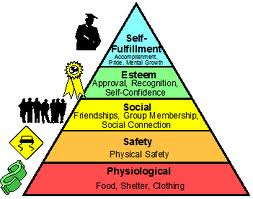 rice, may demand a premium because it is perceived as a “friendship” brand – appealing to the consumers social needs.
rice, may demand a premium because it is perceived as a “friendship” brand – appealing to the consumers social needs.
Whereas some brands really address the most basic physiological needs such as food (think of a non name brand available in Walmart or Tesco), others will go as step further to address the needs of social, esteem and self fulfillment. A Volvo car does not only address the need to get from point A to B, but it also helps the driver to do so safely, then again an Aston Marton car, helps the driver to do so in a fashionable style, addressing esteem needs.
Finally, an example worth considering is the RedBull brand: Whereas many other products offer the same benefit of making the consumer feel energized, the RedBull brand is seeking to position itself as a LIFESTYLE brand, giving the consumer a sense of belonging: Red Bull jumps from space, races around in cars, organizes moto cross events and are associated with an “active” lifestyle, addressing needs of self fulfillment and esteem.
The next time you evaluate any brand, think of it in the following way: What emotional connection does the public have with this brand? Did the brand succeed in communicating it’s values at various levels and how?

